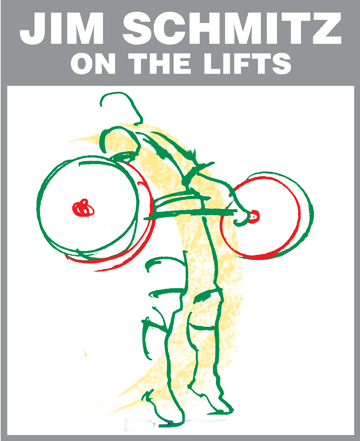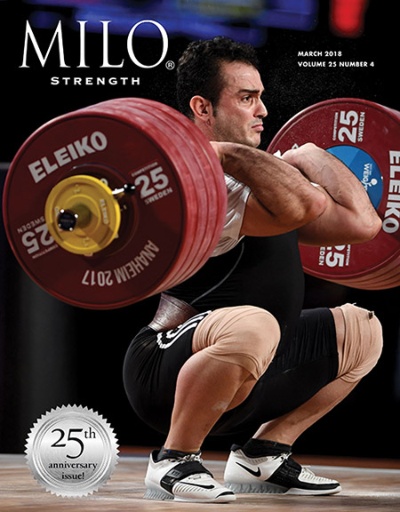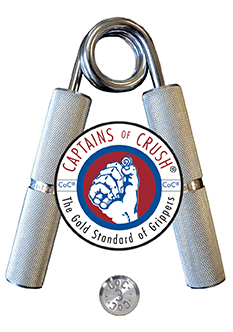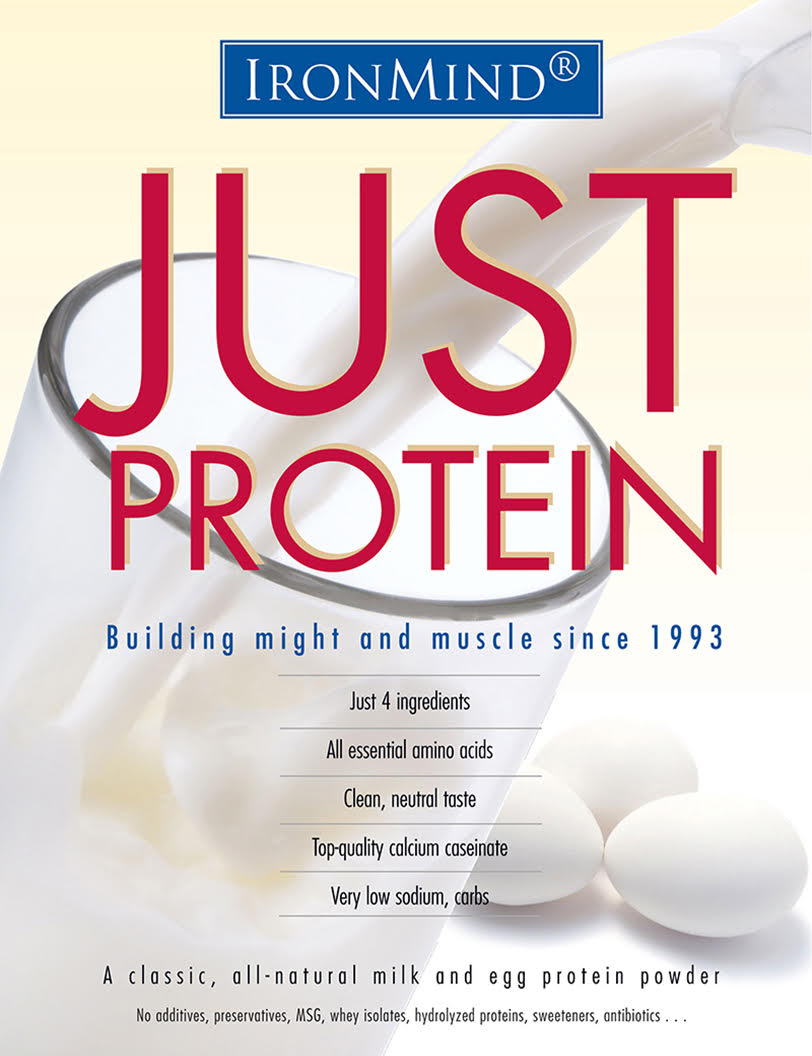
U.S. Olympic Weightlifting Team Coach 1980, 1988 & 1992
Author of Olympic-style Weightlifting for Beginner & Intermediate Weightlifters Manual and DVD
One of the most common errors in jerking is the press-out. The press-out (or pressing out) is where you jerk the bar overhead, but your arms aren’t fully extended or “locked out” at the elbows, and you finish the lift by pushing or pressing the barbell to arm’s length. If you jerk the barbell to fully extended and locked elbows, but one or both elbows bend and then straighten back up, that is called re-bending. Both situations—not fully extending and re-bending—are cause for disqualification of the lift. It’s a rule I don’t agree with as I’ve seen many lifts turned down for the slightest press-out when the lifter is fighting and struggling to complete the lift with fantastic effort. However, it is against the rules; therefore, if we have a press-out problem, we must correct it.
At the 2011 American Open Championships, three lifters I coach had their third and final jerks turned down for press-out. Actually, two were for press-out, JoAnn Arnold-Ata and Keri Shimomura, and one was for re-bending. Brian Wilhelm did very good three-white-light jerks with 195 and 200 kg. Then he jerked 204 kg to arm’s length, but on his recovery from the split position, his left arm bent slightly and though he straightened it out immediately, the red lights went on—no lift! Naturally, he and his dad thought it was a good lift—I knew it wasn’t though I wished it’d been—but the three referees and the five jury members all red-lighted the lift.
I have come up with exercises and a program to correct the press-out and re-bending. The first exercise is called jerk balance. I got this exercise from Great Britain national coach John Lear’s book Weight Lifting (1980, EP Publishing, Ltd.). The jerk balance (JB) is performed by having the weight on your clavicles and deltoids, with the elbows slightly up just as when getting set for the jerk. Then you position your legs in a three-quarter split position: this is like the split jerk, with the front leg forward one foot and the back leg backward two feet, but in the three-quarter position, you have the front leg 6 to 8 inches in front and the back leg in its normal split position.
Dip slightly and jerk the weight overhead and move the front foot forward to the normal jerk position. The emphasis of this exercise is to finish your jerk fast, concentrating on the lockout and positioning the bar directly over your ears, or maybe slightly behind. Lower the bar to your shoulders, and bring the front foot back to the start position. Do 3 reps and then recover completely with the feet in line.
You won’t be able to lift maximum weights here, probably up to around 70–80%, which should be enough to really drill the lockout technique. If you jerk 140 kg, 100–110 kg should be good, but remember, it’s not how much you lift here; it’s doing it correctly and consistently. The emphasis is on finishing fast, locking the elbows solidly and bringing the head through fast. The JB should be done once or twice a week and as a warm-up when doing a jerk off the rack workout. If you jerk 140 kg, your JB workout might look like this: 60x3x3, 70x3, 80x3, 90x3, 100x3x3.
The second exercise is overhead lockouts. You need a tall power rack that will allow you to stand up straight with the barbell overhead at arm’s length. You set the barbell on supports about 4 to 6 inches above your head when you are standing straight. Your feet are hip- to shoulder-width and your grip is the same as when you jerk. Keeping your legs, hips and torso straight and erect and directly under the bar, you push up on the bar until it is at arm’s length, elbows straight and locked out. The bar will only go a few inches as you are just locking it out. How much of a lockout depends on you, but I recommend 4 to 6 inches. It’s very important to be under the bar so that it is directly over your ears, shoulders, hips, knees, and ankles. You won’t be able to handle too much weight here, maybe 60–70%, and 3 reps is the desired number. Using the above example of a 140-kg maximum jerk, your workout might look like this: 60x3, 70x3, 80x3, 90x3x3. Doing this exercise once or twice a week would be enough.
The third exercise is the jerk support and recovery. This exercise is also performed in a power rack. The bar is about 2 to 4 inches directly above your head; you get yourself in the split position with the arms fully extended and locked at the elbows. You then recover, bringing the feet together as if completing the jerk. I wrote about this exercise previously in my “Schmitz on the Lifts” articles. You can handle your actual jerk weights here, maybe a little more. With the 140-kg maximum jerk, you might do something like this: 100x2, 125x2, 135x2, 145x3x2.
These three exercises should be done once a week, maybe twice, but no more. Press-out and re-bending can be corrected—it just takes extra work, and when you get set for your jerks, you must really concentrate on driving the barbell with all the force you have and finishing with the feet landing and the arms locking at the same time. A few coaching cues I use here are “fast feet and fast arms” or “explode and drive from the hips” or “lock your elbows.” I only use one of those cues on any one lift (not all three) and I don’t say “lock your elbows” in competition, as I don’t want to draw the officials attention to the elbows—it is solely a training cue.
My three lifters are doing these drills, and so far in training, their jerks are looking good. To borrow a phrase I once heard from Paul Doherty, “May your plates be red and lights be white!”

















